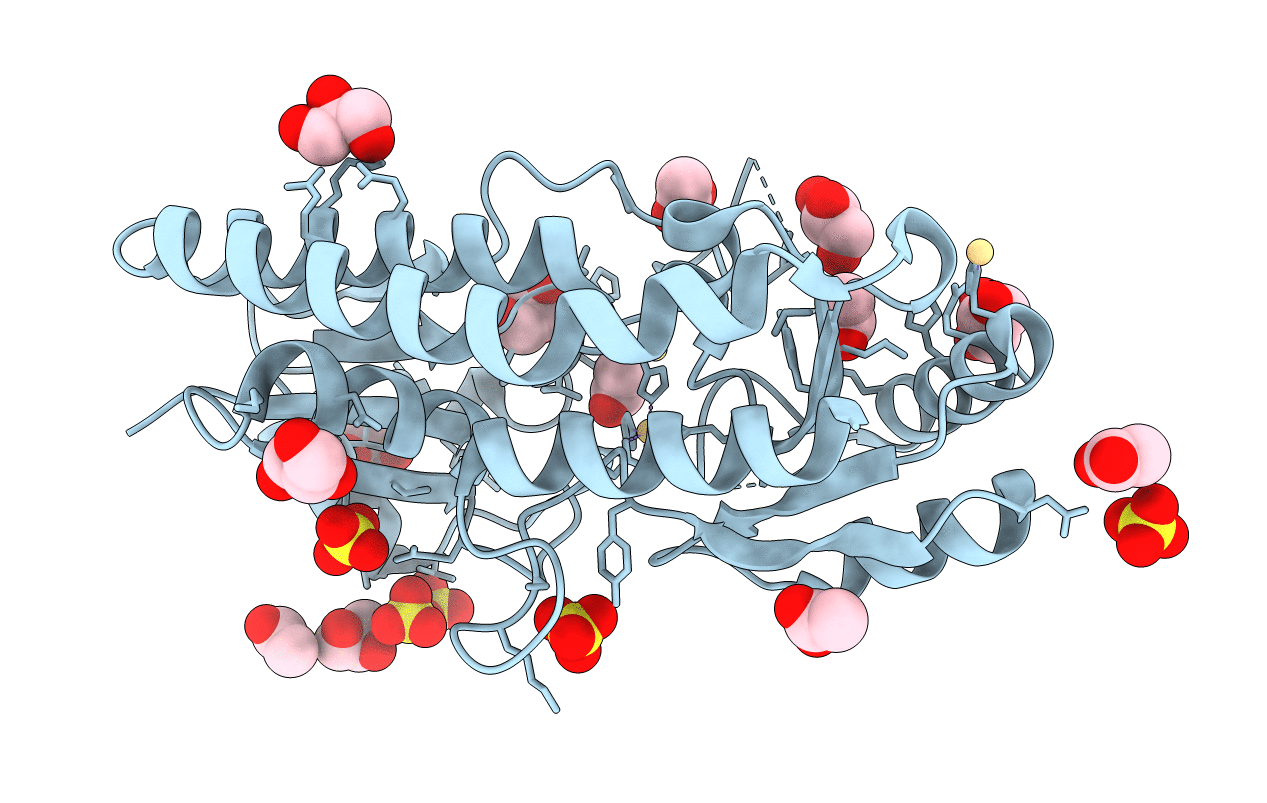
Deposition Date
2018-12-10
Release Date
2020-01-15
Last Version Date
2023-11-22
Entry Detail
PDB ID:
6IXI
Keywords:
Title:
structure of Cd-bound periplasmic metal binding protein from candidatus liberibacter asiaticus
Biological Source:
Source Organism:
Candidatus Liberibacter asiaticus str. psy62 (Taxon ID: 537021)
Host Organism:
Method Details:
Experimental Method:
Resolution:
2.07 Å
R-Value Free:
0.21
R-Value Work:
0.17
R-Value Observed:
0.18
Space Group:
P 32 2 1


